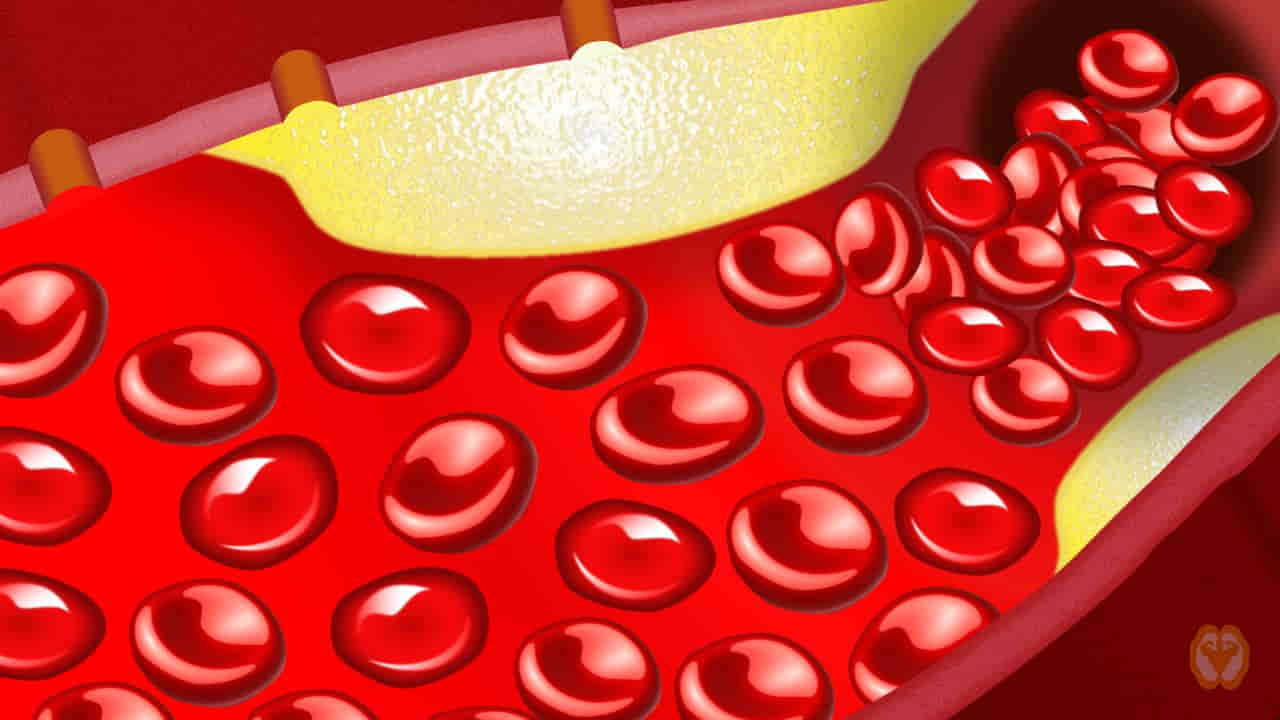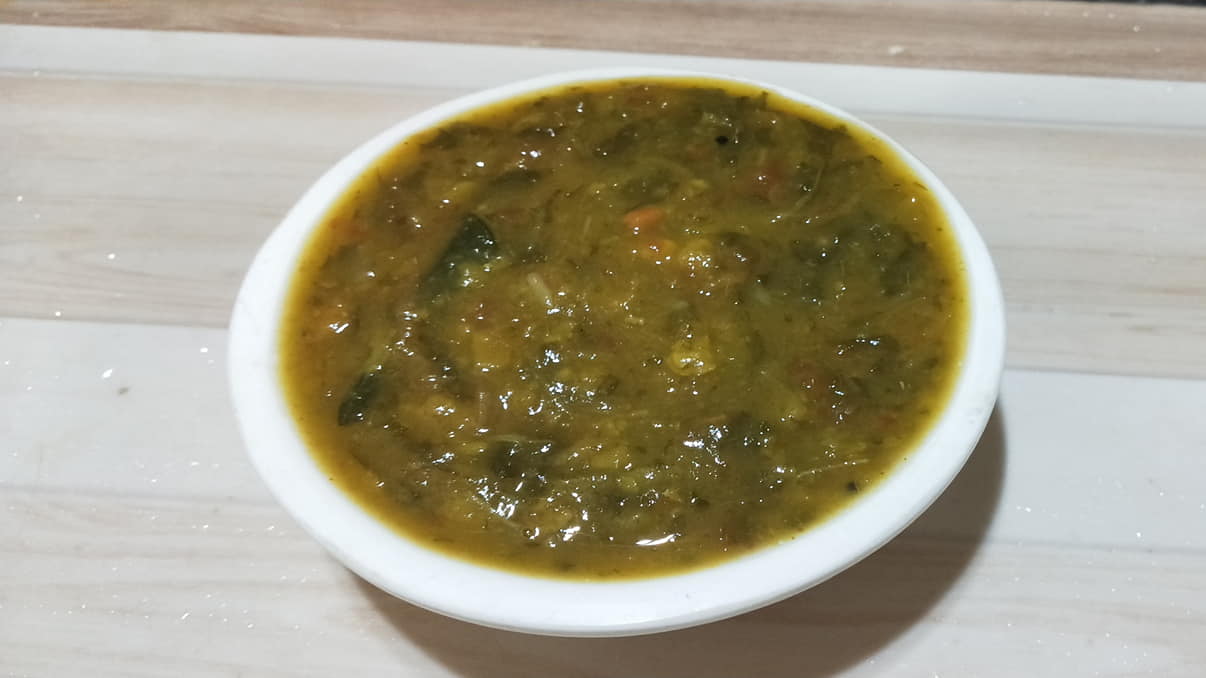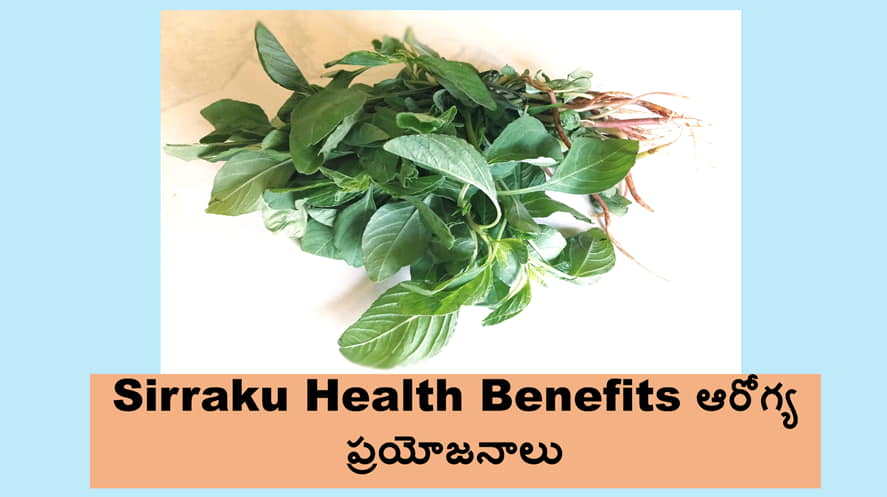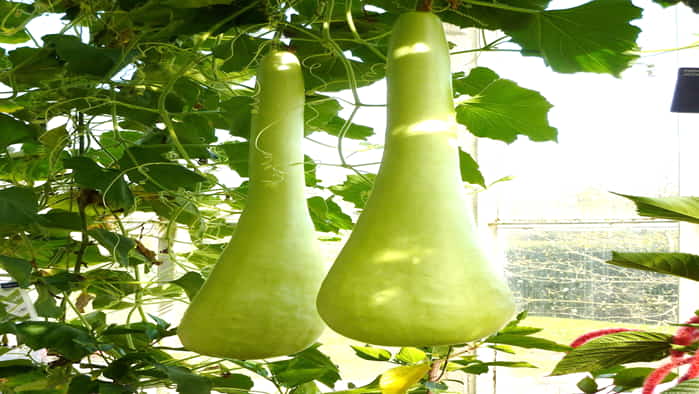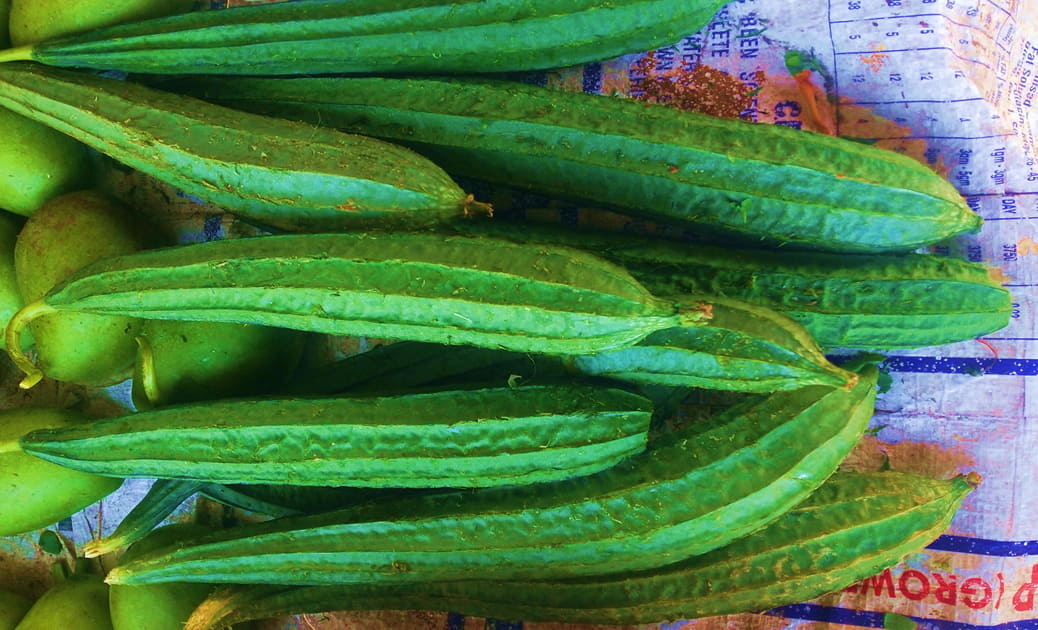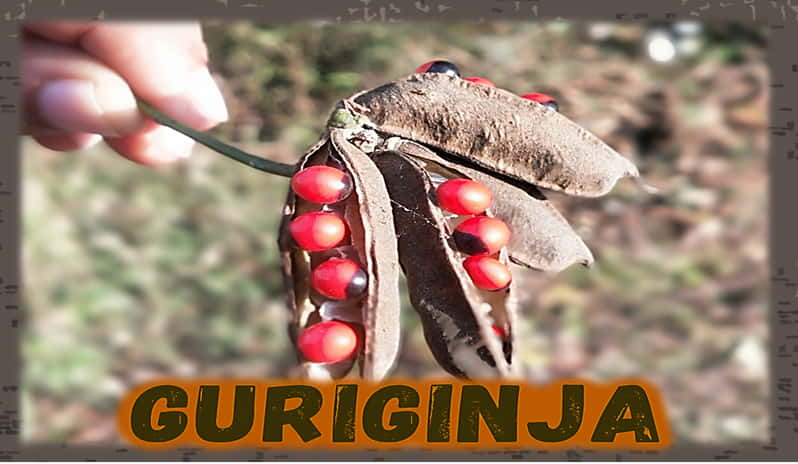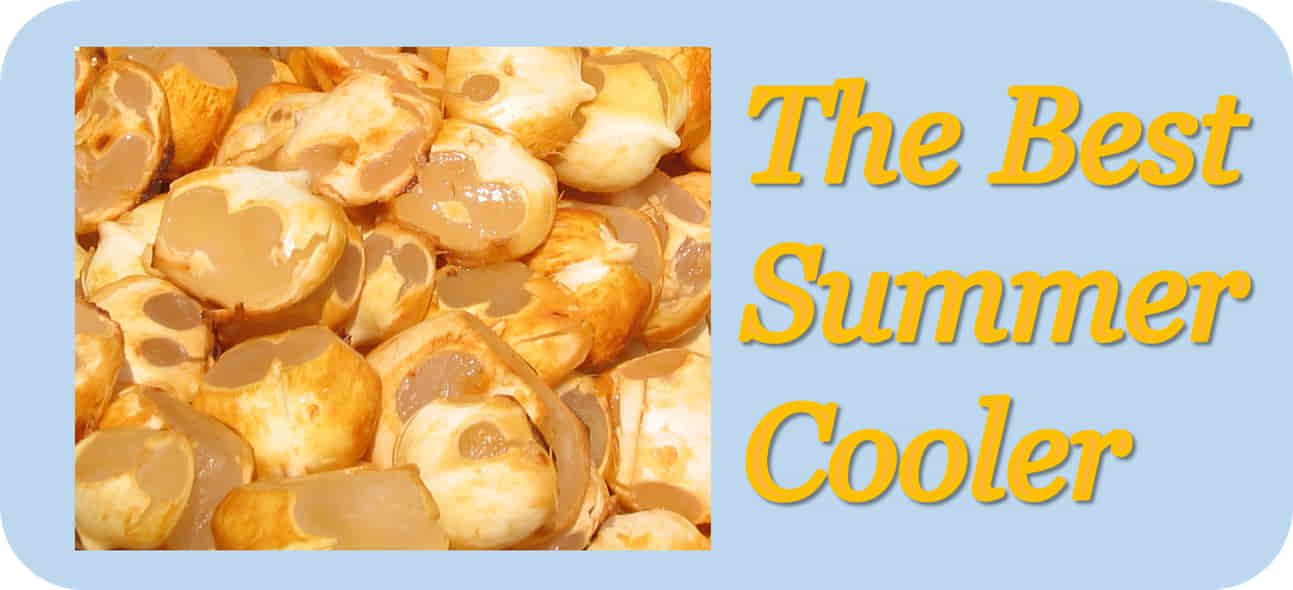It is thought that millets are a nourishing food that gives off a lot of energy and helps combat malnutrition. Millets are valuable food products because they are a type of grain that can be stored for a long time and are pest and drought-resistant. Here we can find several types of millets in Kannada along with their beneficial properties.
Types of Millets in Kannada
Worldwide, millets are a significant food crop that has a big economic impact on developing nations. Millets are preferred in the Karnataka regions because the residents of that state enjoy eating the traditional foods made from this millet on a regular basis because they are high in protein and fiber. There are around 9 types of millets available throughout the Karnakata state, which are as follows……….
Siridhanya Names list in Kannada
- Kodo Millets = Araka / Haraka (ಹರಕ/ಅರಕ)
- Barnyard Millets = Oodalu (ಊದಲು)
- Little Millets = Saame (ಸಾಮೆ)
- Great Millet = Bili Jola (ಬಿಳಿ ಜೋಳ)
- Browntop Millets = Kooralu (ಕೂರಲು)
- Pearl Millets = Sajje (ಸಜ್ಜೆ)
- Finger Millets = Ragi (ರಾಗಿ)
- Proso Millets = Baragu (ಬರಗು)
- Foxtail Millets = Navane (ನವಣೆ)
Buy Jeeni millet health mix on Amazon
Indians used to cultivate and consume millets before rice became a common food.
Even a very well-known storyteller, Shree S. L. Byrappa, claims in one of his novels, Uttara Kand, that millets were still grown during the Ramayana Yuga.
But, millet was referred to as the “Lost crop” because it received little consideration from both farmers and consumers in the 19th and early 20th centuries.
However, there is now worldwide interest in growing millet crops because of the current changes in human health and the difficulties associated with producing healthy food sustainably, as well as the world’s growing population, climatic changes, and water scarcity.
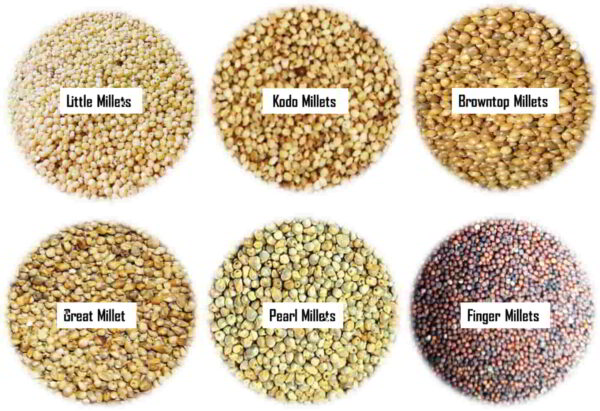
Buy Five Millets Combo Packs for Preparing Health Mix
Health Benefits/Uses of Millets
- The phytochemicals present in millet grains improve human health by reducing the body’s levels of phytates (phytic acids that block the absorption of zinc, calcium, and iron and may encourage mineral depletion) and cholesterol levels in the body.
- Additionally, they are a great source of micronutrients and dietary fibers.
- Millets are thought to have nutraceutical health benefits as a result of their positive effects on improved digestive system performance.
- Millet fiber can improve bowel movement and reduces gut pain.
- Regular consumption of foods made from millet lowers bad fat (LDL) levels in the body.
- Interestingly, the performance of various animals, such as health, meat, and egg and milk production, improved when maize was completely replaced in their diets with pearl and finger millets.
- Millet foods prevent the development of heart disease.
- Millet-based foods protect against diabetes.
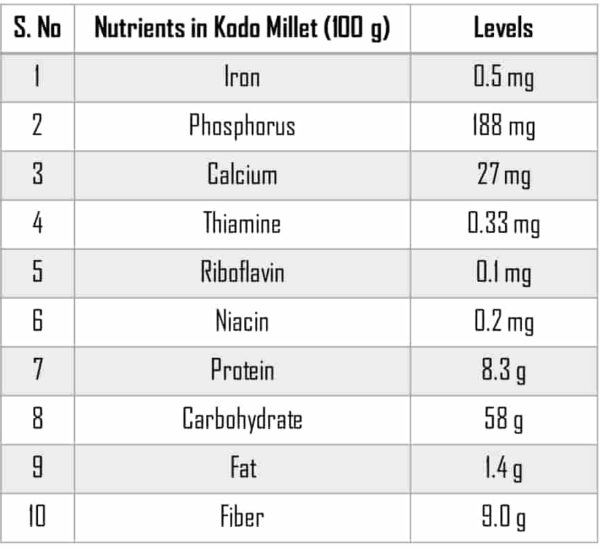
Buy Jeeni millet health mix on Amazon
- They are found to have beneficial effects in lowering cancer risks.
- Millet fiber could play a pivotal role in the prevention of constipation, colon cancer, heart disease, and diabetes.
- They are well-known to improve energy levels and strengthen the muscular system.
- According to a number of scientists, eating millets, which are a good source of essential nutrients like vitamins, minerals, amino acids, and trace elements, is crucial for lowering malnutrition.
- Because the protein of finger millet is composed of essential amino acids such as lysine, threonine, and valine, it is considered as a superior food for human and animal health.
- Millets contain a phenolic substance called tannin, which strengthens the immune system by acting as an antioxidant.

Scientific Facts of Millets/Siridhanya
- Many Asian and African countries rely on millets as a primary food source.
- The availability and cultivation of millets in all the states of India are significantly reduced due to climate change, rapid urbanization, the shrinking of agricultural land, and the increase in the cultivation of commercial food and medicinal crops.
- These nine species of millet have healthy grains that are widely consumed as a source of traditional medicine and as a vital food to maintain health.
- By consuming these grains regularly, one may experience better health and a lower risk of illness.
- Soluble sugars, starch, and dietary fiber are all different components of the carbohydrates found in millet grains.
- When it comes to the textural qualities of commercial food products, the starch found in all kinds of millets can be used as a bulking, thickening, or gelling agent in the food industry.
- Foods made from millet are thought to contain probiotics and prebiotics that could improve and protect our health from pathogenic microbes.
- Millet grain is also suitable as food and feed because it is rich in nutrients and phenolic compounds that have positive health effects.
- The phenolic compounds found in millets comprise flavonoids, phenolic acids, and tannins, which are valuable nutrients for human health.
- However, the variety of nutrients and levels of phenolic constituents found in finger and pearl millet are strong indicators that choosing millet for use as food or feed requires careful consideration.
- Compared to pearl millet, finger millet has a phenolic profile that is remarkably distinct, more abundant, and varied.
- According to research, the phenolic components of millet have a significant antioxidant effect, a type of cellular reaction that protects our body cells from the harmful effects of free radicals that are frequently generated in our body
- Moreover, the availability of other grains is being sought after to compromise the needs of several food industries in order to ease the stress brought on by the desperate demand for the availability of maize to produce maize-based food products that have numerous uses.
- Use of pearl millet in broiler diets of at least 50% is permitted without compromising broiler performance or egg production.
- Recently, stuff from millet grains has been added to other foods to make them healthier. It has also been used to make traditional drinks.
- In terms of production, pearl millet is ranked as the sixth-highest crop in the world, after barley, wheat, sorghum, rice, and maize.
- Millets grains of various species that are grown without the use of chemicals are also regarded as the best organic food that can offer healthy nutrition and income to small-scale agriculture sectors.
- Though they have their value in health improvement and their contribution to making healthier food products, millet grains do not receive the attention they deserve from the people of the current generation as they would like to have fast foods at a significant level.
- In addition to being a significant source of riboflavin, niacin, and thiamine, it is claimed that millets have more energy per serving than other cereal grains like rice and wheat.
- Moreover, some studies are still being conducted to provide important updates on the advantages of different types of millets for consumption by humans and animals.
Foods made with Millets
Millet is frequently used in India, where it is made into the flatbread known as dosa, which is made from a combination of millet and other grains.
Additionally, it is used to make Chapati, Java, Vada, Idli, Upma, Pongal, Payasam, Roti, sushi, Parota, Pizza, Sweetless bread, Cookies, and some other traditional foods.
Another product made from millet is called Madua, which is a well-known finger millet-based beverage in India.
